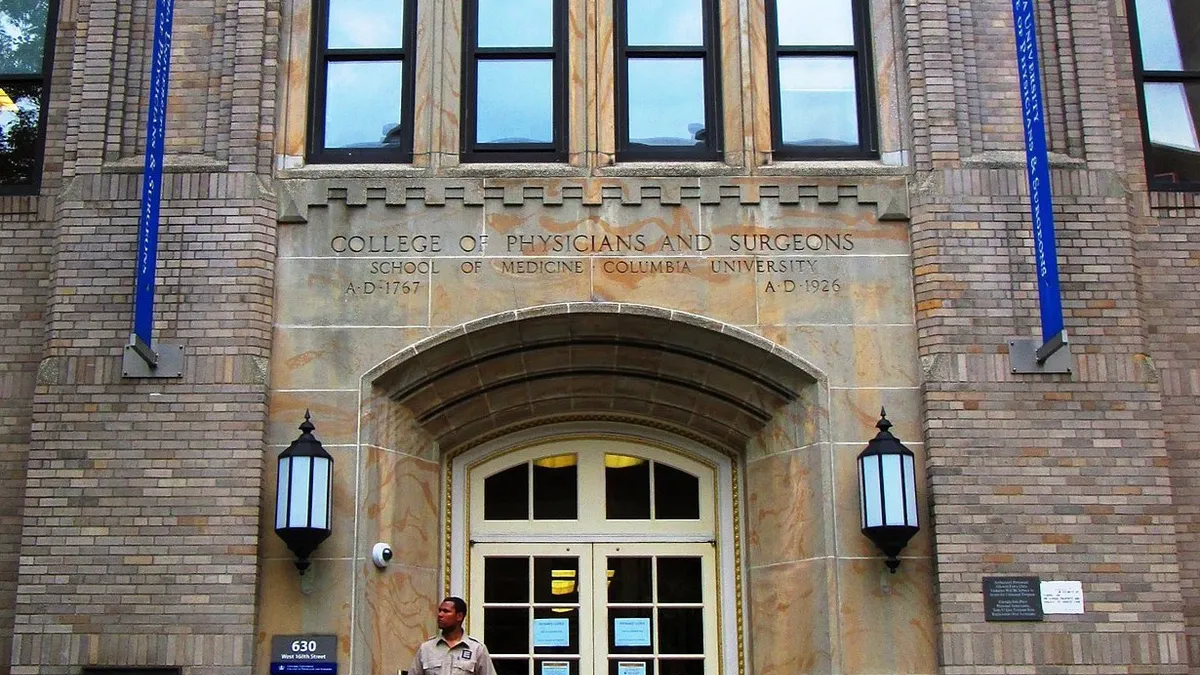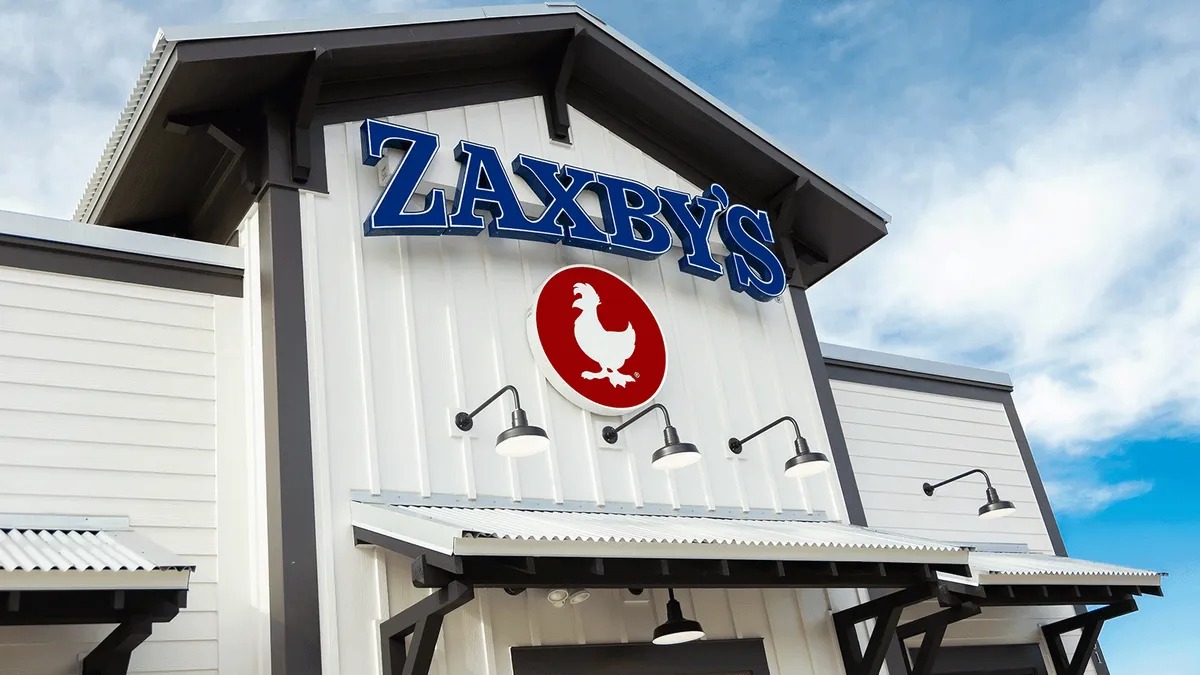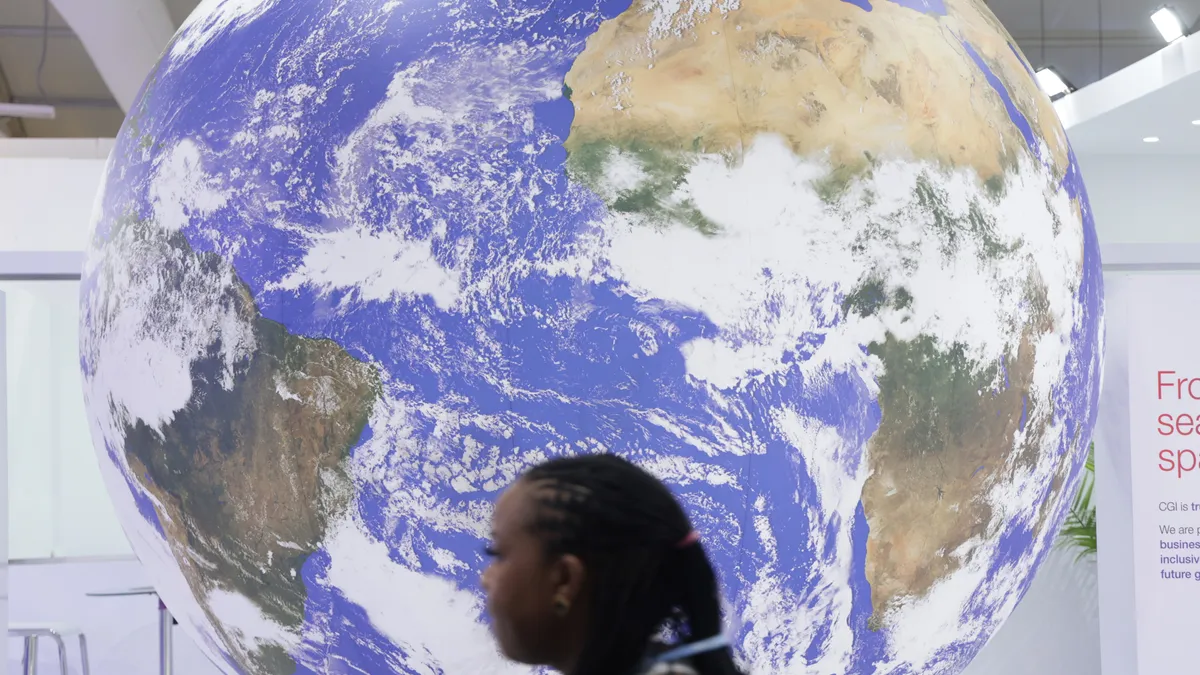Earlier this month, the Trump administration dropped a bomb on the nation’s research universities by attempting to cut billions of dollars in funding for biomedical and healthcare studies.
Specifically, the National Institutes of Health unveiled a plan to cap reimbursement for indirect research costs at 15%. Up until then, institutions negotiated indirect cost rates with NIH, which could pay over 60%.
Also known as facilities and administrative, or F&A, costs, universities and other research institutions have long relied on government funding for those expenses to help build infrastructure for their research activity. The funding covers laboratory construction, information technology, support staff and even electricity to run labs.
NIH immediately drew legal challenges to its plan, which critics and plaintiffs say violates federal law. One of those lawsuits, filed by 22 state attorneys general most representing Democrat-led states, outlined the many millions of dollars in damage to each state’s research pipeline.
A judge ordered a pause to NIH’s plan to cut F&A funding days after it announced the cap. But some universities are still taking measures to protect their budgets amid uncertainty and other funding freezes and cuts that the Trump administration has rolled out or signaled could be coming soon.
Here’s a look at how some institutions have responded:
Columbia University
Columbia University’s medical school has paused hiring and certain types of spending in the wake of the NIH funding cuts.
James McKiernan, interim dean of Columbia’s Vagelos College of Physicians and Surgeons, announced the measures to faculty in a Feb. 11 memo obtained by the Columbia Daily Spectator, the Ivy League institution’s student newspaper.
The “cost containment measures” are meant to preserve the institution’s financial flexibility,” McKiernan said in the memo. They include a spending freeze on travel, procurement, capital projects and events.
Columbia University Health Sciences was NIH’s seventh-largest grant recipient in fiscal 2024, according to an analysis by The New York Times. The publication estimated that NIH’s planned cap on indirect costs would translate into a $111 million funding loss to the university.
Institutions across New York would lose about $850 million under the NIH cap, according to the state-led lawsuit against the agency.
North Carolina State University
On Feb. 14, North Carolina State University Provost Warwick Arden announced a hiring freeze, citing budget concerns tied in part to the “uncertain impacts” of Trump administration orders and guidance, according to a memo posted online by WRAL News.
NIH provided $48.3 million in funding to NC State in fiscal 2024, federal figures show. The university’s negotiated reimbursement rate with NIH for indirect costs was 52%, according to public radio station WUNC.
Along with the hiring freeze, Arden said that the university would no longer limit how much excess F&A funds that university units could keep. The change is meant to help those units preserve those funds “in the event they are needed to support faculty, students and staff who are negatively impacted by the loss of grant funding,” Arden said.
Washington State University
Washington State University is bracing for a possible hiring and travel freeze, according to a memo posted by Provost Chris Riley-Tillman.
In a public message, Riley-Tillman referenced NIH’s “significantly reduced indirect cost rates” along with possible state funding reductions.
“Our scenarios will encompass a range of possibilities, including potential hiring freezes, travel freezes, carry-forward reductions, and permanent reductions to core funding,” the provost wrote. “All options need to be discussed to ensure WSU’s ability to respond quickly and with agility.”
The university received $44.6 million in funding from NIH in fiscal 2024.
“We know this is challenging, and acknowledge the anxiety some of you may feel,” Riley-Tillman told the Washington State community. “This is one of those moments, however, where we believe the best future of WSU lies in honestly assessing and choosing our own future rather than having it thrust upon us.”
Northwestern University
Northwestern University stands to lose more than $100 million annually from the NIH’s indirect rate cap, university officials said in a public message on Feb. 12.
As the private nonprofit tries to weather the cuts and other potential changes to federal policy, such as an increased endowment tax, Northwestern is slashing nonpersonnel budgets by 10%, the officials said.
Moreover, the central administration will review hiring decisions and pay increases “to ensure they are necessary to the operation of the University and the pursuit of our mission of teaching and research,” the institution’s leaders said. Spending or financial commitments over $25,000 will also need pre-approval from the university’s chief financial officer.
Virginia Tech
On Feb. 11, Virginia Tech Provost Cyril Clarke and Chief Operating Officer Amy Sebring advised the university’s researchers to limit spending funded by F&A awards “until we have a better understanding of how best to manage this challenging situation.” At the same time, they instructed researchers to continue to submit grant proposals under previously negotiated rates.
The officials also encouraged Virginia Tech researchers to explore alternative funding sources for graduate research assistant stipends funded through F&A.
They noted that other executive agencies might begin limiting funding for overhead costs as well.
“This situation is evolving quickly and we will continue to update you as new information becomes available,” Clarke and Sebring said.
MIT and Boston University
The Massachusetts Institute of Technology — which is bracing for a $100 million loss in federal funding — has instituted a general hiring freeze on nonfaculty positions, according to GBH, a local media outlet.
Nearby Boston University is requiring approval for all new hires while contemplating limits on off-site events, meetings and discretionary spending, GBH reported.
















